Our oldest myths hold a secret about creativity: it’s a gift from the gods themselves. Or rather, the goddess, as more often than not, divine inspiration is said to flow directly from a head honcho who’s a She.
For example, the Yoga Tantra tradition offers us Shakti, whose name is synonymous with divine feminine power. As the force that creates the entire universe, Shakti is present in every living thing, including us. She embodies every cell in our bodies, every aspiration, every so-called wild hair idea that seizes us. Shakti cannot help but create – it is what She does. And because She embodies us, that creative urge is present in each of us, too, regardless of whether or how we choose to honor it.
I had one of my first awakened experiences of the power of Shakti a few years ago. I had recently returned to my leadership role at the employee engagement company I’d founded following the birth of my second child, and secretly, I was struggling. I’d experienced a spiritual epiphany of sorts several months earlier at a business conference, and my heart was calling me down a completely different and frankly scary path. After years of working hard to build my employee engagement company, suddenly all I wanted to do was learn more about ancient spiritual traditions, especially those that honored a female source of creation.
After so many years in the business world, I couldn’t even begin to wrap my brain around how I’d make such a drastic career shift, so instead, I spent a lot of time contemplating whether or not I could bring my newfound interest into my current line of work. Would a Sacred Feminine force care about helping employees feel more connected to their corporate jobs? Could I furtively do Her work in the business world in some way? And what, exactly, would that work be?
“Follow the energy” is a phrase I’ve since learned from one of my teachers; it means the ideas and activities with the greatest spark are the ones we should be paying attention to. This isn’t an indulgent activity; rather, it’s acknowledging the way Shakti, the divine creative energy, is calling us to show up in the world.
Unfortunately, no matter how hard I tried, Shakti could have given a rat’s ass me merging my new passion with my day job.
I mean no disrespect to my former self or my colleagues (or rats’ asses). I believed very strongly in my company’s mission, and I still do. What Shakti was showing me, however, was that it was not important work for me to be doing anymore.
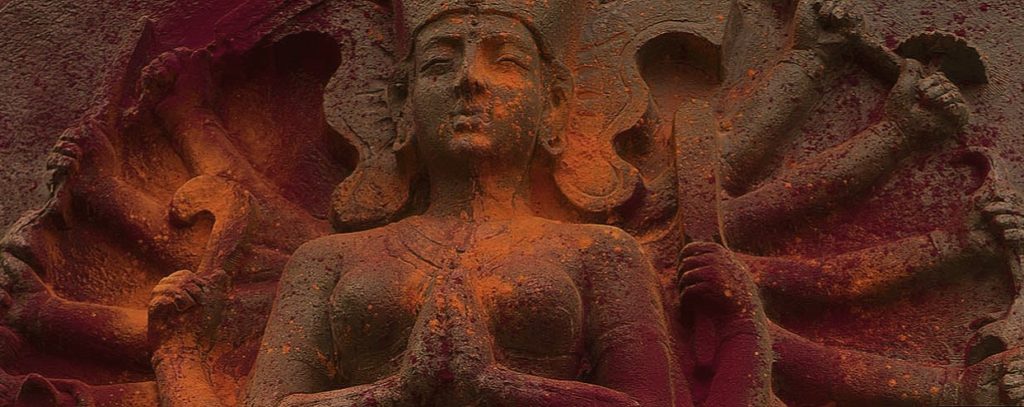
Apparently, I was supposed to be writing instead. Around that time, I’d been invited by two separate friends to join an annual creativity challenge called the 100 Day Project. Originally conceived of by artist Elle Luna, participants were invited to choose any creative project, commit to working on it each day for 100 days, give it a hashtag, and share their creations on Instagram.
I’d been secretly writing poetry for nearly a year by then, but I’d been too shy to share any of it. Now, with the support of my friends, I decided to go for it. My project was #100DaysofTrueSentences, named after my favorite Ernest Hemingway quote: “All you have to do is write one true sentence. Write the truest sentence that you know.”
Over the next 100 days I faithfully wrote at least one line of poetry a day, and as each day unfolded, I felt myself coming alive in a way I’d never experienced. With each line of poetry, revelations began appearing, too. In particular, I realized that I was hungry for greater depth in my daily interactions.
I’d spent my entire career in client service – aka, helping solve other people’s problems. I had learned quickly that I was most successful when I suppressed any of my own needs, problems or concerns, and instead prioritized whatever was affecting my client. I would skip meals, cut short team meetings and abandon my to-do list, all for the sake of demonstrating quick response time to a client. I instructed my team to do the same. Clients came first – always.
There’s a certain kind of satisfaction that comes with this way of working. I loved that clients trusted me and would confide in me, sometimes even sharing things that had nothing to do with work. But they didn’t know me at all, and I doubt I really knew them, either. Over time, I felt like I had faded into a one-dimensional, cardboard version of myself, there to serve the needs of others only. As I spent 100 days writing freeform, intuitive poetry, I began to become aware of the cardboard shell I’d created. I didn’t like it.
Over and over again, the lines of poetry I was writing organically centered on freedom and an intense longing for deeper connections to nature and others around me, plus the space to explore big questions, such as why we’re all here and what my purpose truly was. As the project was drawing to a close, I found myself stunned by the lure of my own creative voice and shocked by its ability to reveal a central truth that was far more powerful than I’d realized: I was desperate to tear down the very career I’d so lovingly and painstakingly built over the last several years.
“Come and watch me as I dismantle this house, brick by brick, stone by stone, stripping away the layers until all that is left is green and luscious and wild beneath my feet,” I wrote on my 48th day of true sentences.
Herein lies the paradox of creativity: When we want to create something new, we often have to destroy something else first. This, too, can be demonstrated by the divine force of Shakti, this time in her incarnation as the frighteningly powerful Goddess Kali.
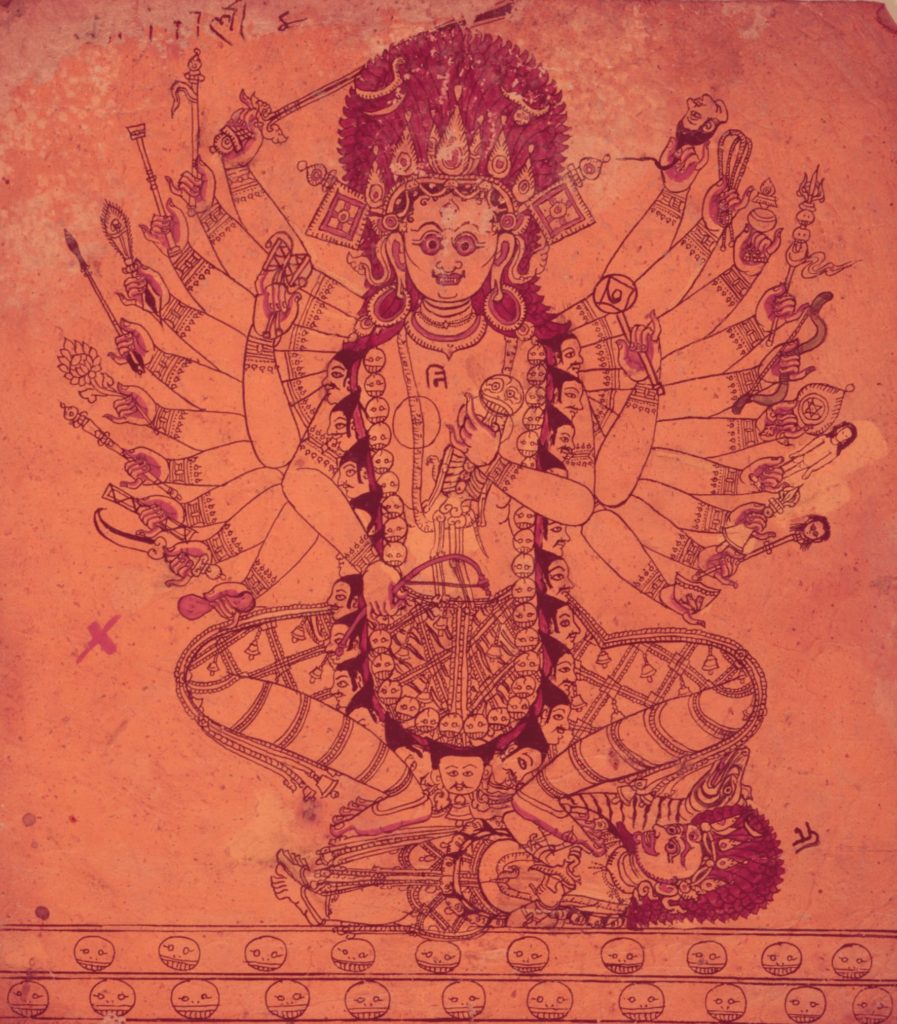
Kali is a badass, bloodthirsty, demon-slaying lady who’s most often associated with violent destruction. But as the author Sally Kempton writes, “Violence is part of the creative process. In order for something new to be born, old structures must be destroyed — whether in nature or society or in your personal life.” While often painful, this process of tearing down structures we’ve outgrown will ultimately lead to our liberation.
Once I began to let my creative voice – my inner Shakti – speak, I had a very hard time denying the truth: I already knew the next step on my path, but I’d have to destroy something in order to take it.
In some ways, I was right to be scared. In following the call of Shakti/Kali, I ended up walking away from the company I’d founded, ultimately dismantling my business career in the process. One of my employees agreed to buy the company from me, but it wasn’t easy; it took several months to disentangle myself from the business I’d built, and there were many extremely difficult conversations and decisions along the way. Months after the sale closed, I still felt completely unstable, as if there were no ground underneath my feet at all.
But following the path of creative destruction has also been exciting and liberating. It’s taken me on some remarkable adventures in the last few years, like trekking across Europe for two months to visit historical sites of ancient Goddess worship (with a five- and two-year-old in tow, no less), becoming certified as a yoga instructor and reiki practitioner, and most recently, writing a book about my research and experiences. None of this would have happened if I’d ignored my own creative impulse, kept my head down, and kept plodding along the same path.
In one way or another, we are always creating. We create the spaces we live in, the meals we eat (well, sometimes) and the relationships we choose to keep in our lives. Many of us also create emails, reports, presentations, meeting agendas and a whole host of other job-related stuff. The question is, “For whom are we creating?”
If we’re only creating for someone else, we’re essentially giving away our power. We’re putting it into the hands of another, who frankly may not even want it — and certainly isn’t qualified to dictate the uniqueness and magnificence that is you.
If, on the other hand, we are creating for ourselves, we are honoring Shakti at her — and our — best. This means following her call even when it’s scary. Especially if it’s scary.
Do you have to burn down your whole career to find and honor your inner creative force? Not necessarily. Maybe your inner Shakti is simply calling you to take back up an art form you loved as a child, or to try a new creative skill. Maybe She wants you to spend less time in front of your screen and more time outside.
Whatever it is, just know this: Shakti will not lie to you. She will show you those truths that are hiding in your core, regardless of whether they meet your expectations of how you “should” show up in the world. By answering Her call, you may well end up destroying something. You might also end up creating something more beautiful than you could possibly imagine.


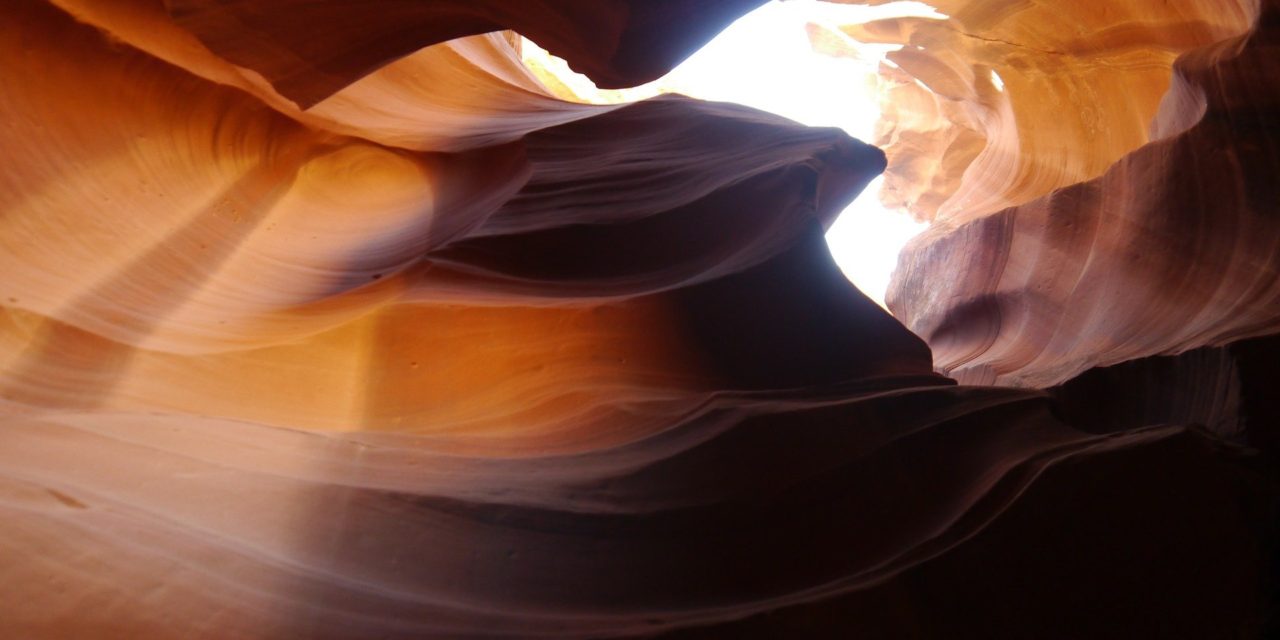

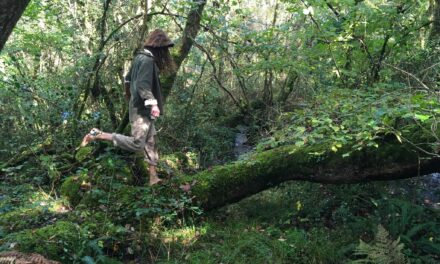
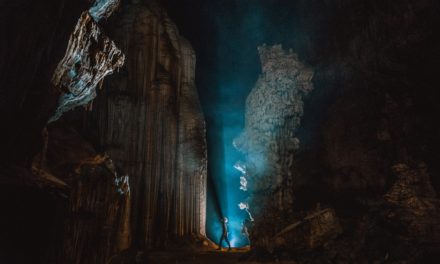


Except for the wonderful words about Shakti (my path is somewhat different), I almost had to double-check the byline to make sure I hadn’t written this. Like you, I was drawn away from a successful business (copywriting, in my case) to write personal essays and explore ancient spirituality and become a spiritual director and earn, well, very little. It’s always validating to discover others who’ve had similar journeys. And I love this sentence: “While often painful, this process of tearing down structures we’ve outgrown will ultimately lead to our liberation.” I had never heard it expressed quite in that way, and it’s so true. Thank you for a marvelous essay.
Hi John, thanks very much for your feedback! I’m so glad it resonated with you.